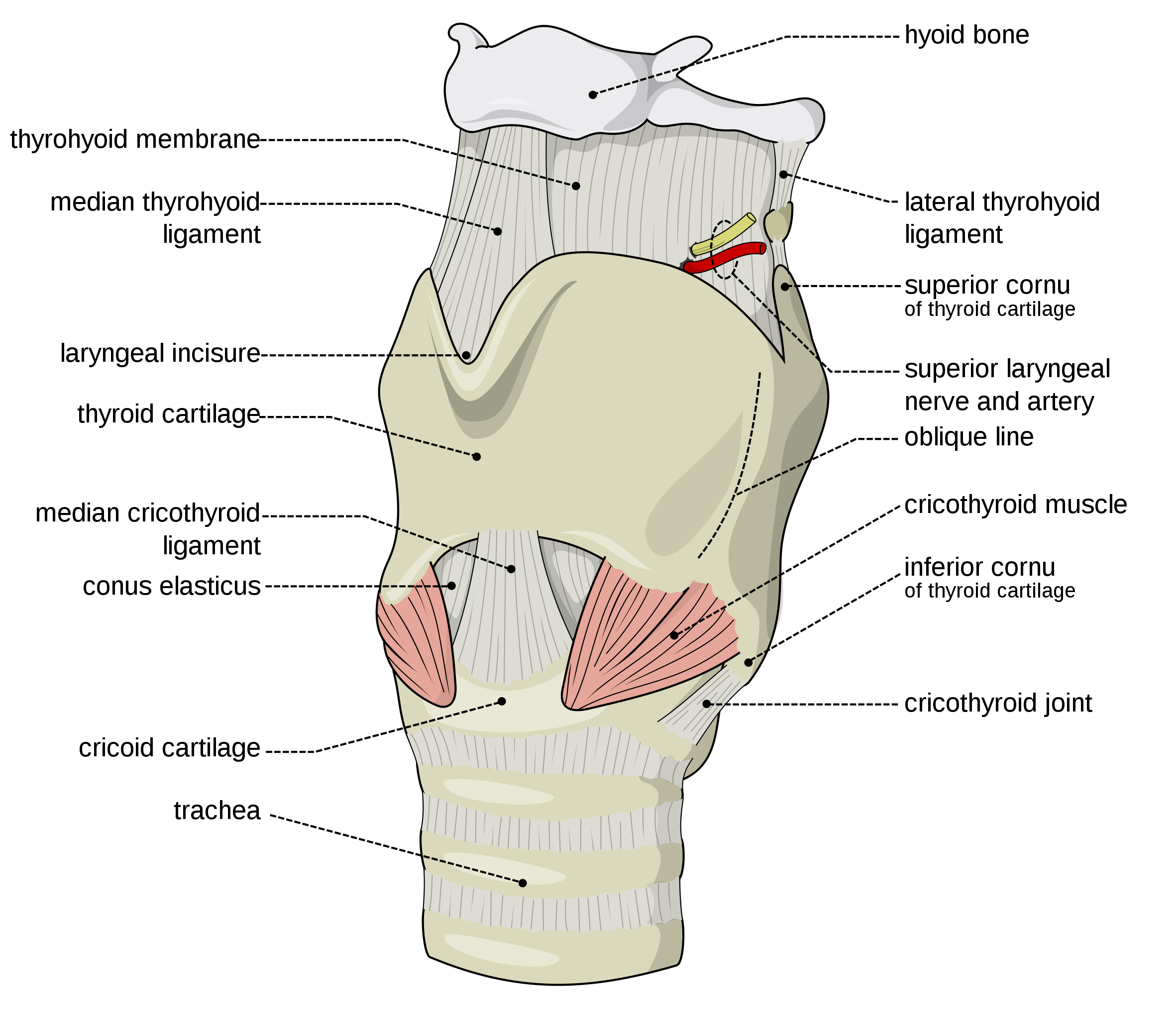4.3 The Origins of Language
Dinesh Ramoo
“I cannot doubt that language owes its origin to the imitation and modification, aided by signs and gestures, of various natural sounds, the voices of other animals, and man’s own instinctive cries”
(Darwin, 1871, p. 56).
In 1866, the Linguistic Society of Paris (Société de Linguistique de Paris) banned any debate on the origins of language. This was based on the lack of empirical evidence for pursuing the topic. However, Darwinian ideas of human evolution by natural selection fueled continuous debate on the issue. It wasn’t until the early twentieth century that the topic regained scientific scrutiny. Speculations on the topic can be broadly divided into the following camps:
- Continuity theories: language as a continuity of pervious communication systems in our primate ancestors (Pinker & Bloom, 1990).
- Discontinuity theories: language as a unique attribute of human beings with no comparable parallel to any other animal communication system (Chomsky, 1996).
These can be further divided into theories that promote language as an innate faculty with a genetic basis and theories that consider language as a cultural system. It has been noted that some words are onomatopoeic: they sound like the things to which they refer. Examples include cuckoo (the sounds of that bird) and hiss (the sound of a snake). However, the idea that language has its origins in mimicry is challenged by the vast number of words that are not onomatopoeic with variations between languages.
The two main ideas about the evolution of language are that it was either a beneficial adaptation shaped by natural selection, or that it arose as a side effect of other evolved features of cognition (Hauser, Chomsky, & Fitch, 2002). The ‘language as a side-effect’ hypothesis is claimed to by its proponents as justified because language is too complex to have evolved within the short evolutionary period since our divergence from other apes. They also point out that an intermediate grammar system isn’t really possible and the complex grammatical systems in human language doesn’t appear to confer any selective advantage. However, the idea of language as a product of natural selection has gained ground in recent years. There is now evidence for there being enough time for grammar to have evolved to communicate existing cognitive representations (Pinker, 2003; Pinker & Bloom, 1990; Pinker & Jackendoff, 2005). The rapid increase in brain capacity and complexity would also have played a large role in the evolution of language. Fossil evidence suggests that brain regions associated with language, such as Broca’s area, were present in hominids as far back as 2 millions years ago.
The evolution of language did have its costs. The larynx is the organ in the neck containing the vocal folds. In humans, this organ is descended. This is not unique to humans as some animals (such as goats and dogs) temporarily descend the larynx to produce loud noises (Fitch, 2000). However, in these cases, the hyoid remains undescended and so the tongue remains horizontal. The descent of both the larynx and the hyoid bone in humans is taken by some researchers as significant (Lieberman, 2007). This leads to simple contact between the epiglottis and velum being no longer possible. Therefore, the respiratory and digestive tracts are no longer separate during swallowing in humans resulting in a choking hazard. It appears possible that the descent of the larynx and resultant ability to speak outweighed the potential for choking in early hominids. One argument against this is that the descent of the larynx and hyoid takes longer to evolve compared to the evolution of speech, a more recent component of human evolution.

The idea that language evolved in one giant leap or the mutation of a single gene is unlikely. However, there is evidence that certain genes such as FOXP2 may play an important role in linguistic attributes such as grammar. This gene is associated with sensory and motor coordination in animals (Fisher & Marcus, 2006). However, in humans this gene has evolved to be vital for grammatical processing. If this gene is damaged in humans, it can lead to language acquisition problems. It is possible therefore, that other genes may be discovered in the future and the evolution of language may have involved the reconfiguration or appropriation of a number of brain structures.
Image description
Figure 4.2 Parts of the Human Larynx
Human larynx includes hyoid bone, lateral thyrohyoid ligament, thyrohyoid membrane, median thyrohyoid ligament, superior cornu, larygeal incisure, thyroid cartilage, oblique line, median cricothyroid ligament, conus elasticus, cricothyroid muscle, inferior cornu, cricoid cartilage, cricothyroid joint and trachea.
[Return to place in the text (Figure 4.2)]
Media Attributions
- Figure 4.2 Parts of the Human Larynx by Olek Remesz is licensed under CC BY-SA license.

